Newest Posts
29 Best Round Wood Coffee Table: Warmth & Style for Your Living Room
In the heart of your living room, where conversations flow and laughter fills the air,…
38 Round Wood Coffee Table Ideas: Modern & Stylish Tables
The round wood coffee table is a design classic that offers a timeless elegance and…
46 Modern Marble Coffee Table Ideas: Timeless Style for Your Home
Marble coffee table ideas have long been a symbol of luxury and sophistication in interior…
35 Light Wood Coffee Table Ideas: Modern & Spacious [Great for small spaces]
The heart of the living room, the stage for countless cups of coffee (or tea!),…
40 Natural Wood Coffee Table Ideas: Bring Warmth & Style
The heart of your living room deserves a centerpiece that reflects both comfort and character.…
37 Solid Wood Coffee Table Ideas: Craft the Perfect Centerpiece for Your Living Room
Imagine curling up with a good book on a plush armchair, a steaming cup of…
58 Best Coffee Table With Storage Ideas | Maximize Space and Style
Living rooms are the heart of our homes, meant for relaxation, entertaining, and creating lasting…
48 Round Wood Coffee Table Ideas: Add Warmth & Style to Your Living Room
The heart of the home, the living room craves furniture that’s both functional and beautiful.…
57 Stunning Mid-Century Coffee Table Ideas to Transform Your Space
Is your living room feeling a little…blah? Maybe it’s time to inject some retro flair…
55 Best Outdoor Coffee Table Ideas: Stylish & Durable Options for Your Patio
Transform your patio into a welcoming outdoor haven with the perfect coffee table! Not just…
Round Glass Coffee Tables for Small Spaces: Maximize Style & Function
Cramped living quarters got you down? Don’t despair! Even in tight spaces, creating a stylish…
33 Best Lift Top Coffee Tables Under $500
Tired of juggling drinks, laptops, and board games on a flat surface? Craving a coffee…
Mid Century Coffee Table: Timeless Designs for Your Living Room
Living rooms are the heart of our homes, a place to gather, relax, and unwind.…
Industrial Coffee Table: Modern Edge for Your Living Room
Craving a living room refresh with a modern twist? Industrial coffee table are the answer.…
Minimalist Coffee Table: Clean Lines, Modern Style
Craving a modern and airy living space? Look no further than a minimalist coffee table.…
Live Edge Coffee Table: Natural Beauty for Your Living Room
Imagine a coffee table that’s not just functional, but a conversation starter, a piece of…
Small Apartment Living: Stylish Scandinavian Coffee Table for Tiny Spaces
Craving a living room that’s both stylish and functional? Look no further than the Scandinavian…
Rustic Wood Coffee Table: Bring Warmth and Character to Your Space
Introduce a touch of rustic charm to your living room with this beautiful wood coffee…
Trending Posts
Latest Stories
29 Best Round Wood Coffee Table: Warmth & Style for Your Living Room
In the heart of your living room, where conversations flow and laughter fills the air,…
38 Round Wood Coffee Table Ideas: Modern & Stylish Tables
The round wood coffee table is a design classic that offers a timeless elegance and…
46 Modern Marble Coffee Table Ideas: Timeless Style for Your Home
Marble coffee table ideas have long been a symbol of luxury and sophistication in interior…
35 Light Wood Coffee Table Ideas: Modern & Spacious [Great for small spaces]
The heart of the living room, the stage for countless cups of coffee (or tea!),…
New Post
Trending Posts
30 Best Tourist Attractions in Florida | TouristsAdventure
Tourist attractions are places or things that people visit while on vacation or leisure travel. They can include natural landmarks…
Cara Alami Mengobati Jerawat Tanpa Produk Berbahan Kimia
Cara Alami Mengobati Jerawat – Banyak sekali bahan-bahan alami yang dapat dimanfaatkan untuk mengobati jerawat, tanpa harus membeli produk berbahan…
23 Best Rustic Chair with Aesthetic Design You Can Buy Online
A rustic chair with an aesthetic design seamlessly marries the timeless allure of natural materials with a captivating visual appeal.…
Elegant Gardens Ideas – Some Simple Ideas to Make Beautiful Gardens
When you want to make your empty ground into nice and elegant gardens, you may need some ideas. best design…



![35 Light Wood Coffee Table Ideas: Modern & Spacious [Great for small spaces]](https://inspirabuilding.com/wp-content/uploads/2024/04/Default_large_size_and_minimalist_living_room_Light_Wood_Coff_2-600x600.jpg)














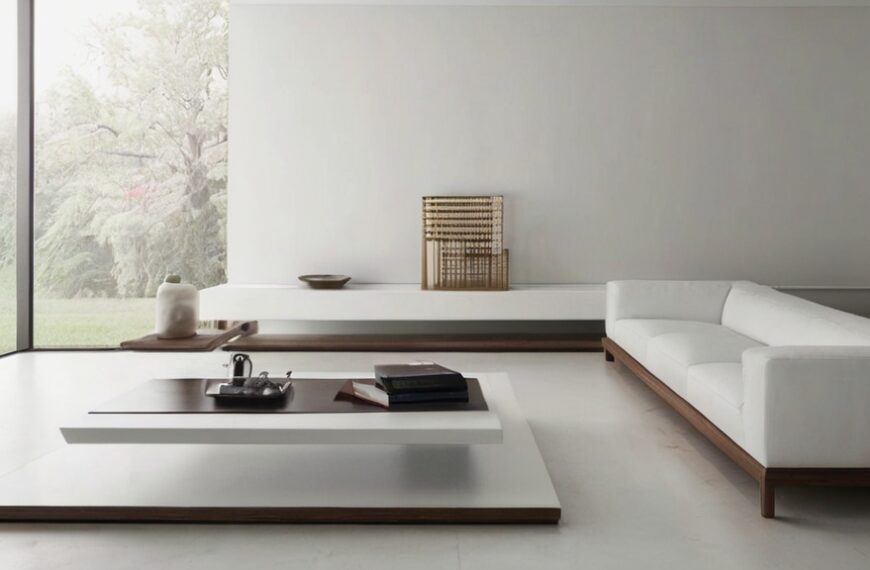


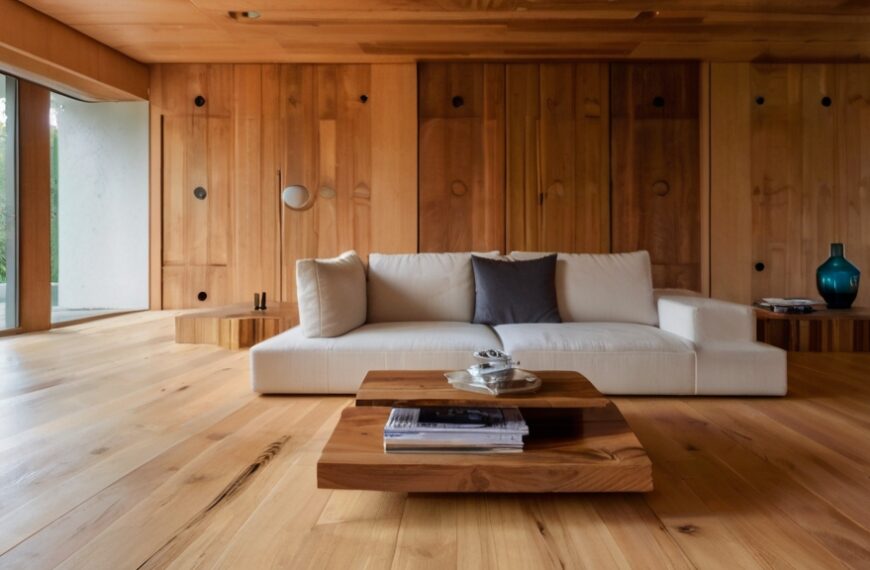







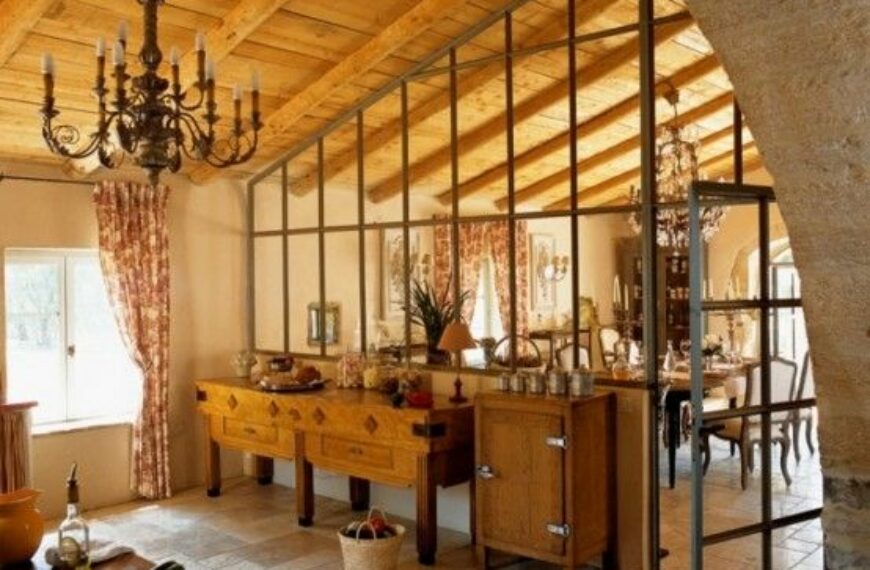



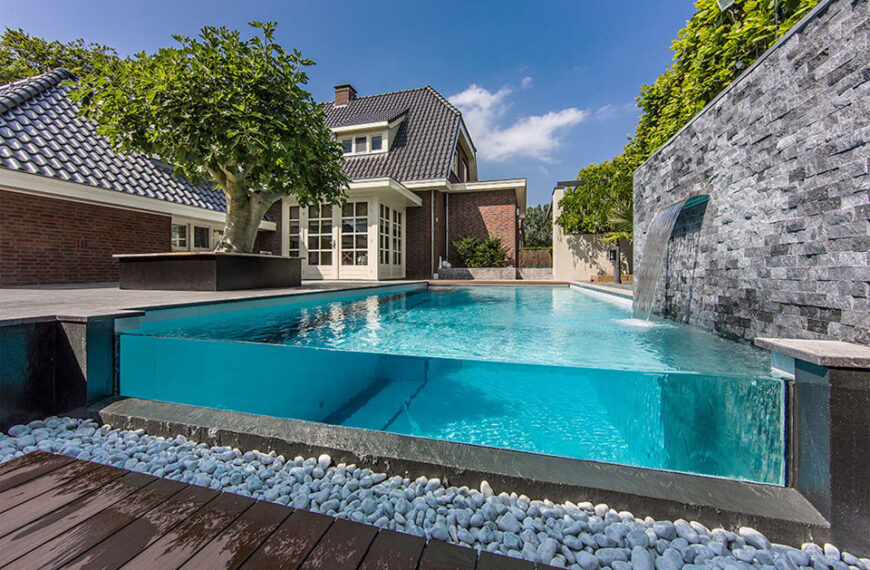
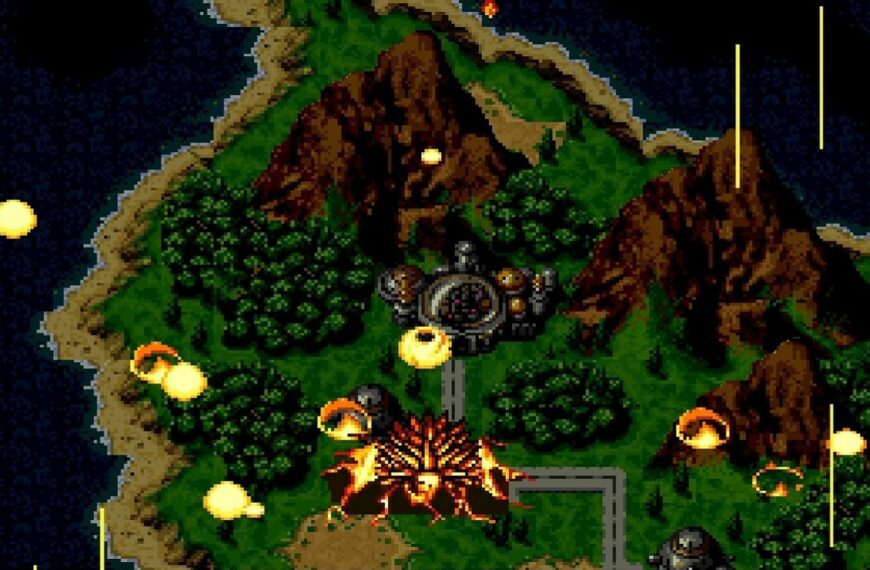




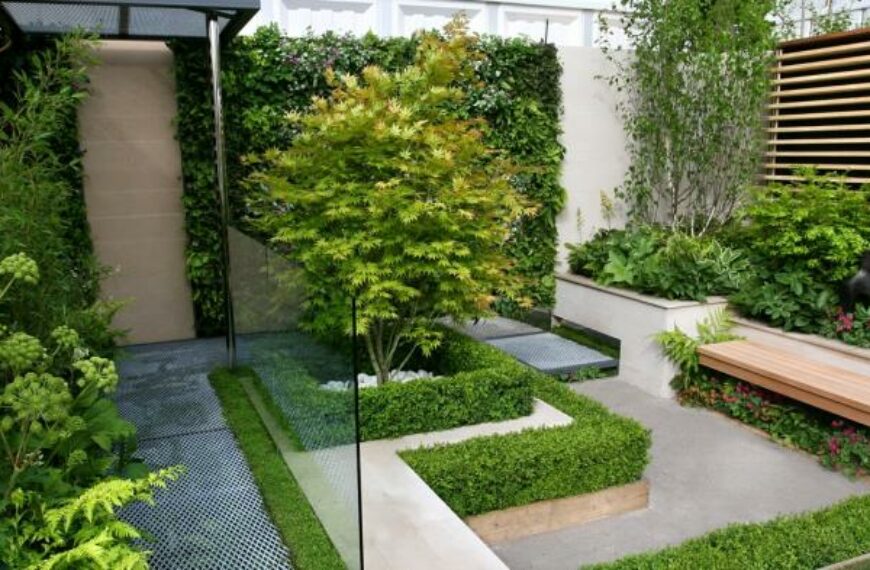



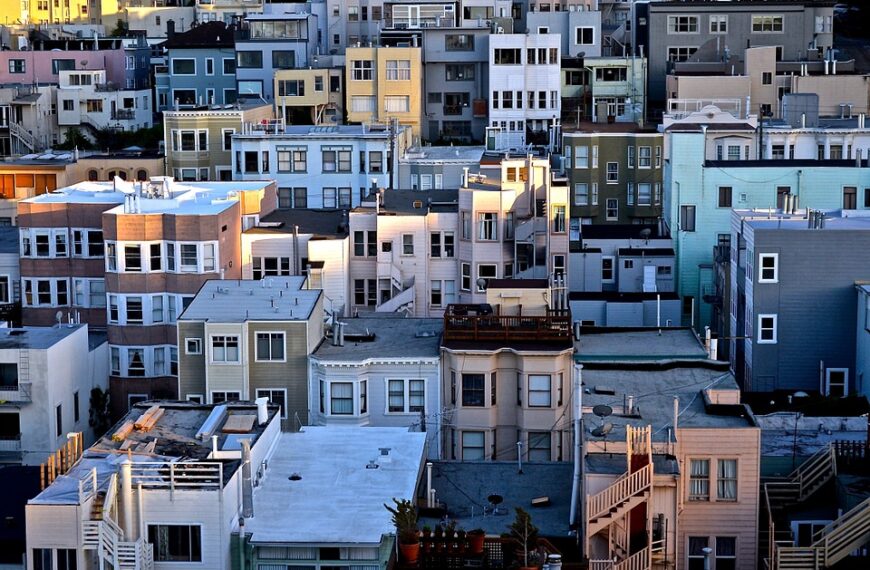




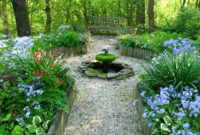
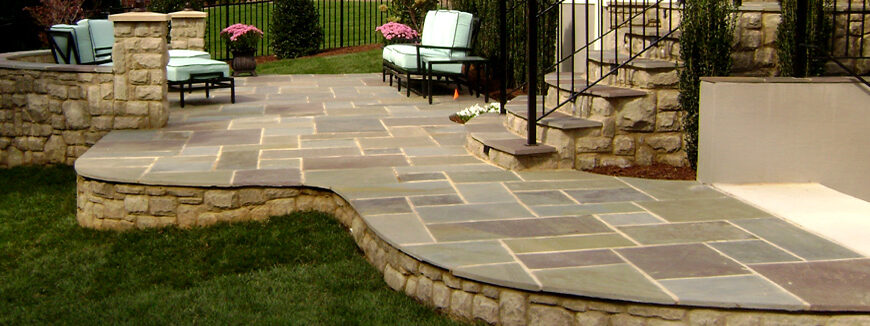
![[pgp_title]](https://inspirabuilding.com/wp-content/uploads/2019/05/wooden-kitchen-ideas-1-870x570.jpg)